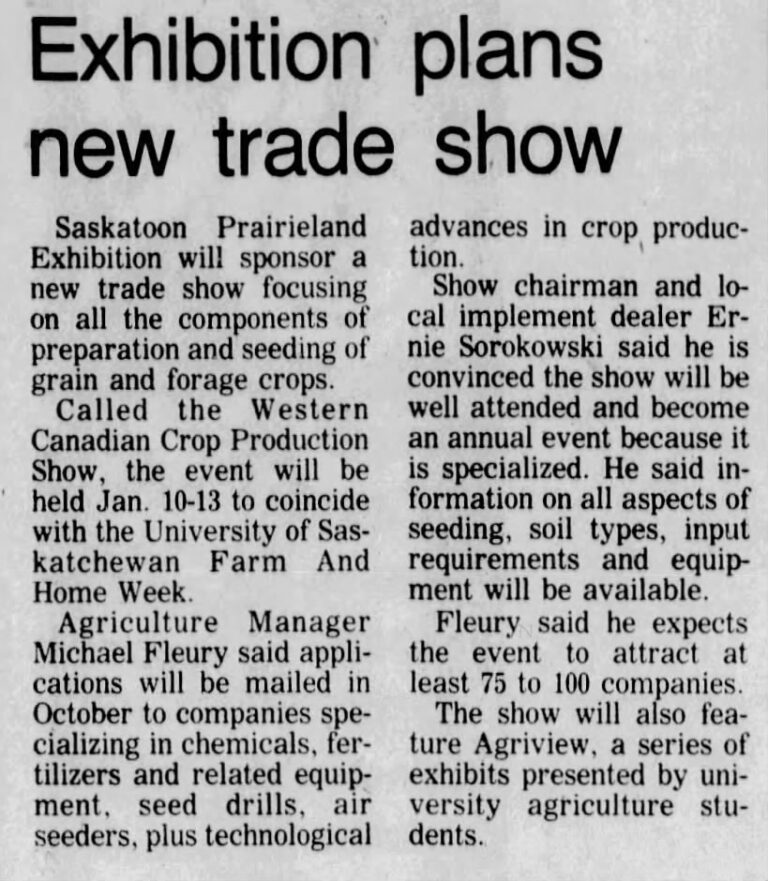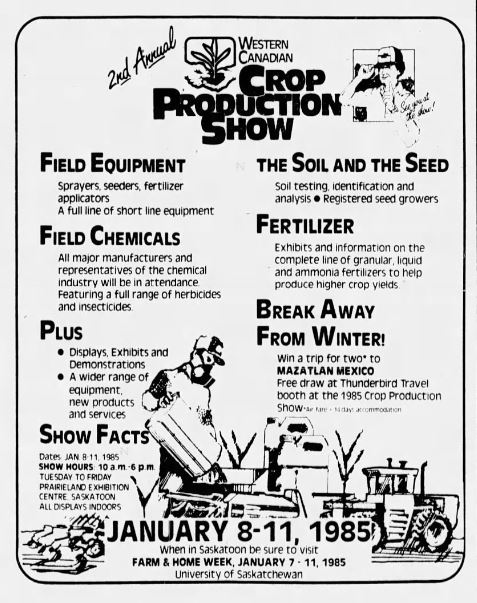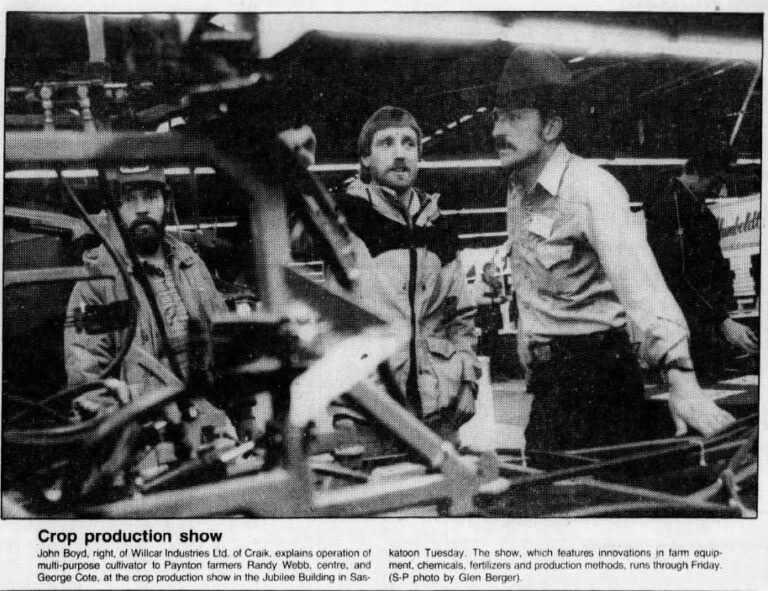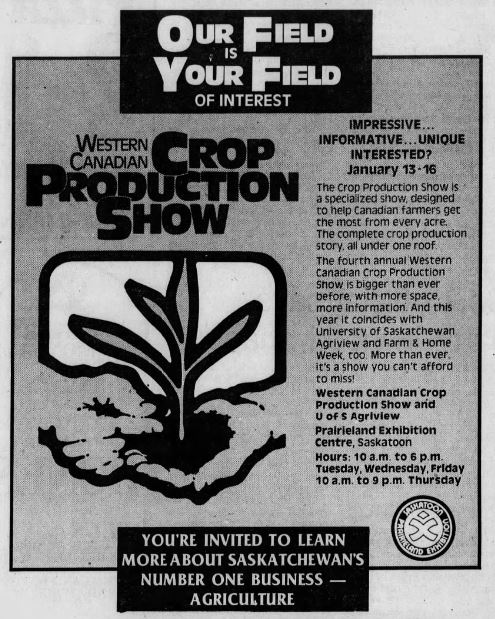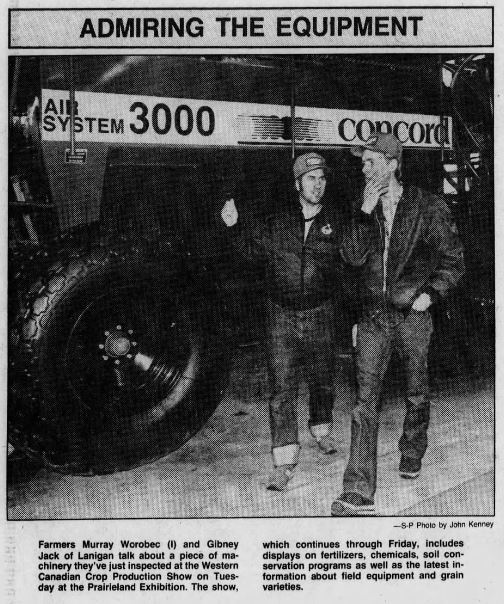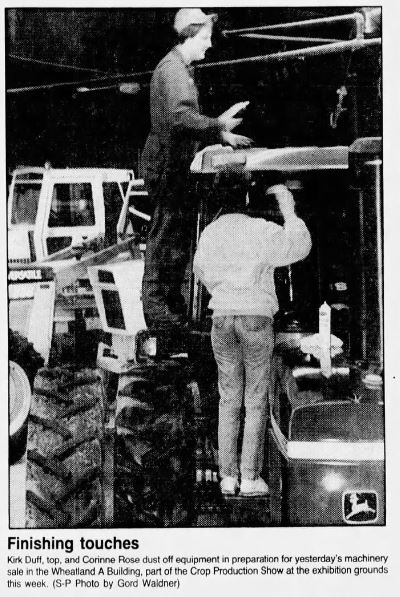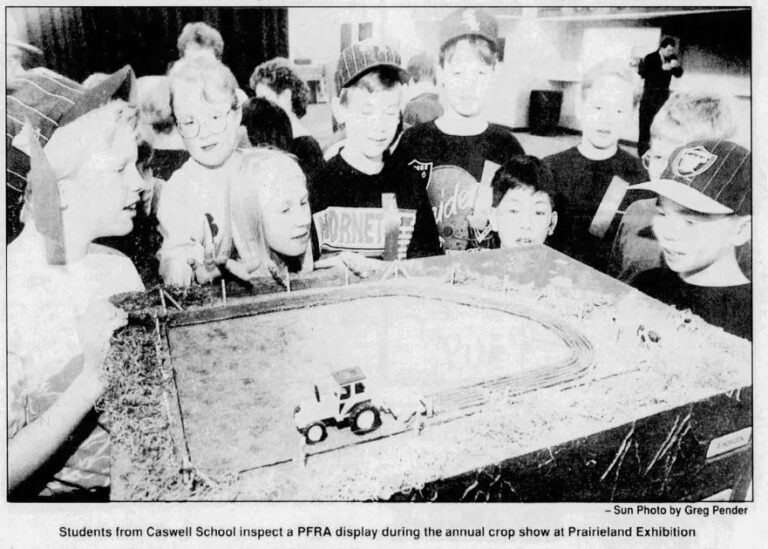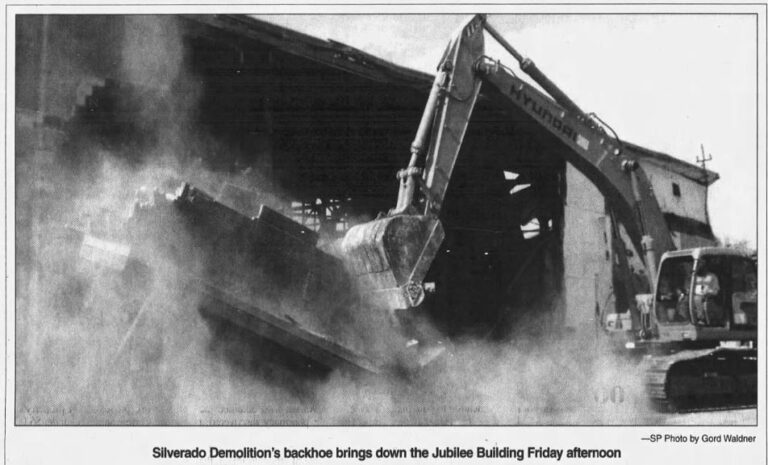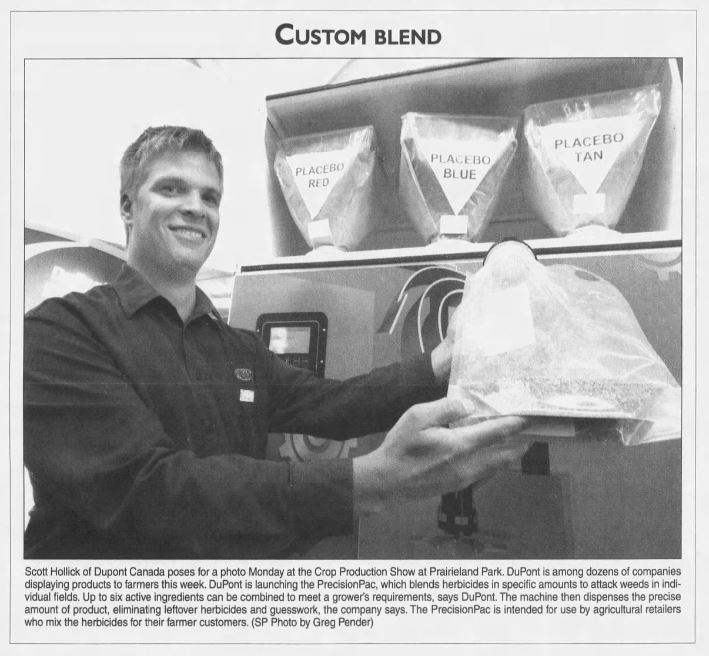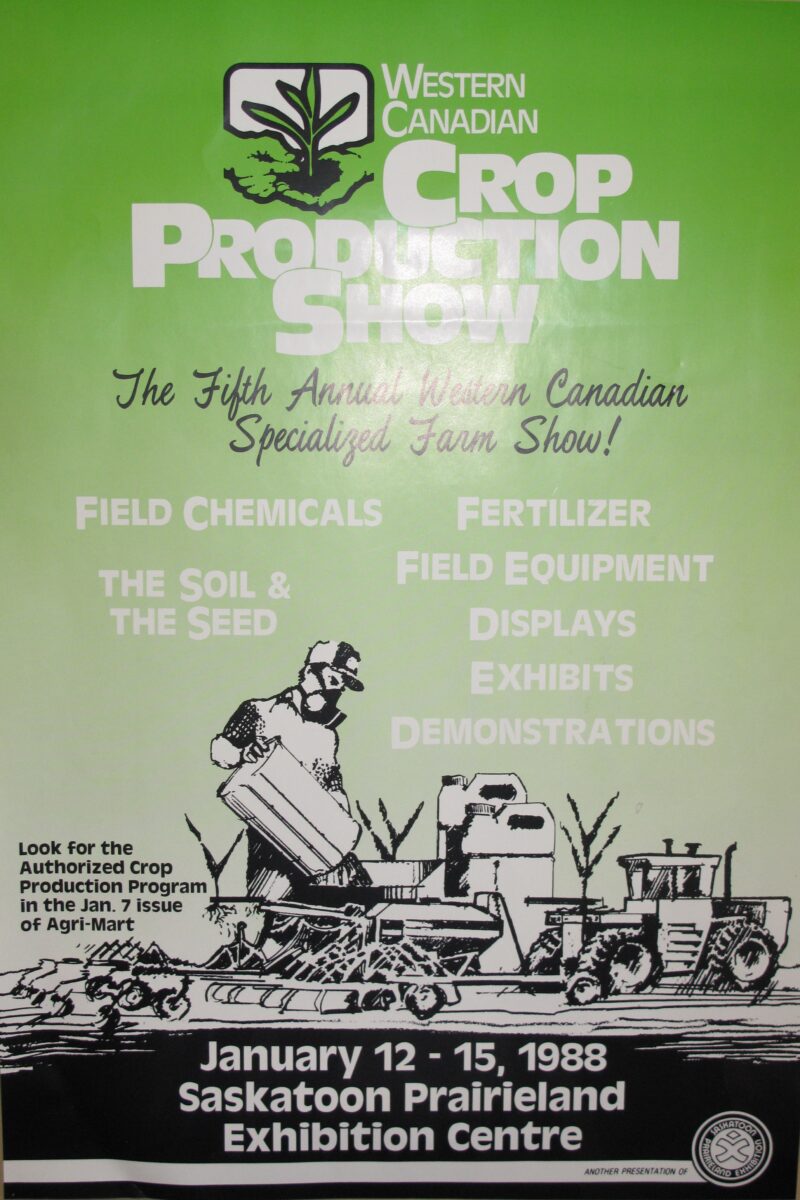Harvesting Success The enduring legacy of the Western Canadian Crop Production Show
In 1983, a visionary idea took root and has since flourished into an annual pilgrimage to Saskatoon for prairie grain producers. The Western Canadian Crop Production Show, now spanning over four decades, has not only captivated local farmers but has also become a beacon for global agricultural experts keen on cutting-edge technology.
The Western Canadian Crop Production Show hit the mark in its inaugural year. Prairieland’s then agriculture manager, Michael Fleury, aimed to attract 75 exhibitors to a new show that would focus on every aspect of grain production, including information on seeding, soil types, input requirements, and equipment. The response surpassed expectations, selling out the 40,000 sq ft Jubilee Building with 12 more companies waiting on a cancellation list.
Market conditions ripe for growth
The show’s fortuitous timing, bringing producers and manufacturers together early in the year, proved beneficial for both parties. Farmers sought concrete answers to their questions, while businesses came armed with solutions, allowing producers to make informed decisions for the upcoming season. The show doubled in size to 80,000 sq ft by its third year, drawing some 7,000 visitors. The Crop Production Show soon became a testament to Saskatchewan’s ingenuity, showcasing products born not only from engineering expertise but also from the sheer determination to address industry needs.
Beyond the traditional tools of the trade, attendees sought to network, gather market information, and explore the latest agriculture technologies. The show’s themes evolved with industry trends, addressing topics like diversification in response to bumper crops, grain marketing, and precision farming. In 2020, supply chain demand and mental health on the farm took center stage.
The changing prairie landscape
The show’s success prompted the expansion of Prairieland’s facilities. By 1994, the show had outgrown the buildings prompting the enclosure of the space between the Wheatland A and Wheatland B buildings, creating center hall. In 1997, the new trade center was constructed and Hall D increased capacity even more — show organizers had no trouble filling the space. Less than 10 years later, the old Jubilee building was demolished and replaced with Hall E, adding yet another 58,000 sq ft. bringing the total trade show area in the complex to over 200,000 sq ft. all of which was easily filled by the demand.
Despite the decline in the overall number of producers that tend to Saskatchewan’s 45 million acres of farmland, the demand for creative solutions to manage expansive operations remained steady, positioning the show as a catalyst for technological advances.
A ground-breaking effect on the local economy
Not only has the Crop Production Show had a long-term effect on Saskatchewan’s reputation as a leader in the industry, it has also had an economic impact on Saskatoon. As far back as 1998, the show attracted enough visitors to garner $5 million in direct and immediate benefits to the city. Hotels, restaurants, and shopping malls all register massive revenue increases during Crop Production Week, starting each new year off in the right fiscal direction.
Taking the pulse of the patrons
Maintaining its success relies on the meticulous curation of the trade show, with every display chosen to help grain growers optimize their yields. Exhibitors value the face-to-face interactions with the show’s highly qualified audience, understanding the importance of connecting with potential customers. The show has become a professional development event for growers, offering a prime opportunity for businesses to showcase their products when buyers are ready to make capital purchase decisions.
Looking beyond the horizon
As the Western Canadian Crop Production Show continues to help shape Saskatchewan’s farming history, Prairieland’s commitment to the grain sector remains unwavering. This flagship event not only celebrates past successes but also anticipates a future where agriculture and technology converge to drive innovation and prosperity even higher. The story is still being written, with each passing year another chapter in the legacy of the Western Canadian Crop Production Show.
Crop Production Show In the News
Just the flax, ma'am
- Computer technology was on display at the very first show.
- The show’s first few years were held in the drafty old Jubilee Buiding, which had originally be built with a summer show in mind. It was used 2 months of the year for the Exhibition, and the remainder of the year, it served as Eaton’s warehouse.
- Crop Production Show used to run school tours for Grade 6 students as part of Prairieland’s larger committment to agricultural awareness. It was called Grain Production Today.
- In 1994, Crop Production Show began a long-term partnership with the Seager Wheeler Pedigreed Seed Show. The partnership lasted for 13 years.
- While construction was being done at Prairieland to accommodate the burgeoning show, the 1994 Western Canadian Crop Production Show was at Saskatchewan Place (now SaskTel Center).
- Ag biotech companies made their first appearance at the show in 1996, as the technology was coming closer to commercial marketability.
- In 2005, the show moved from a Tuesday-to-Friday format to a Monday-to-Thursday schedule.
- Upon the advice of exhibitors, the show moved to a new 3-day format in 2024, allowing beginning and end of week travel time for those coming a larger distance.
Show slogans and logos over the years
- Your Field is Our Field
- Growing With You
- Leaders In the Field

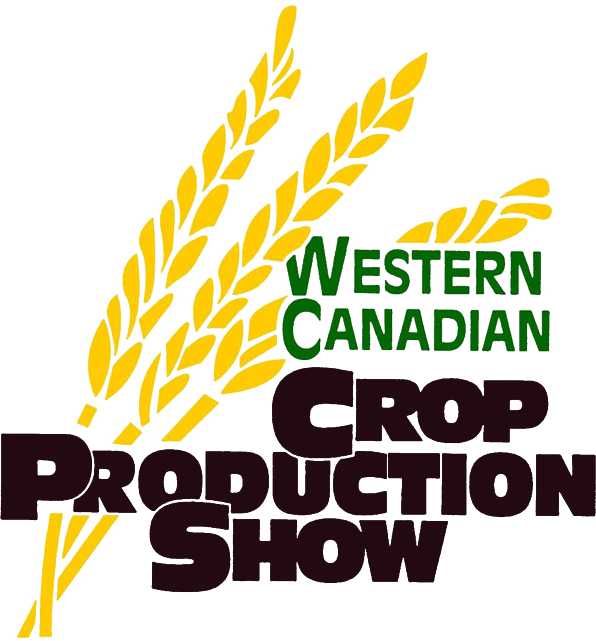
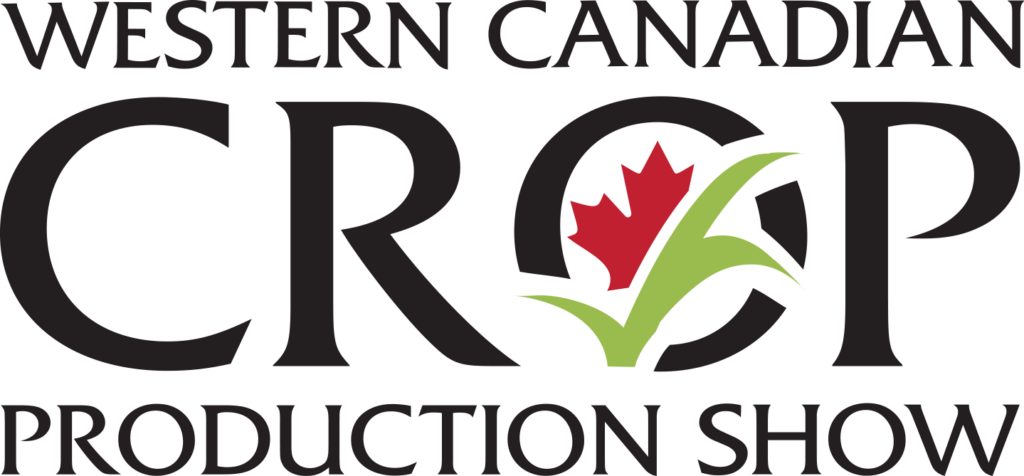
The Western Canadian Crop Production Show has been the must-attend event for prairie farmers since 1983, making it a true leader in the field of crop science and technology.
Each January, outstanding exhibitors, presenters and attendees converge in Saskatoon to experience the latest products and services for the upcoming growing season.
Though frigid Saskatchewan temperatures are almost always inevitable, the now 3-day event draws consistent crowds who have come to rely on the sold-out trade show and industry-leading speakers for all the trending information producers need the most.
.
.

